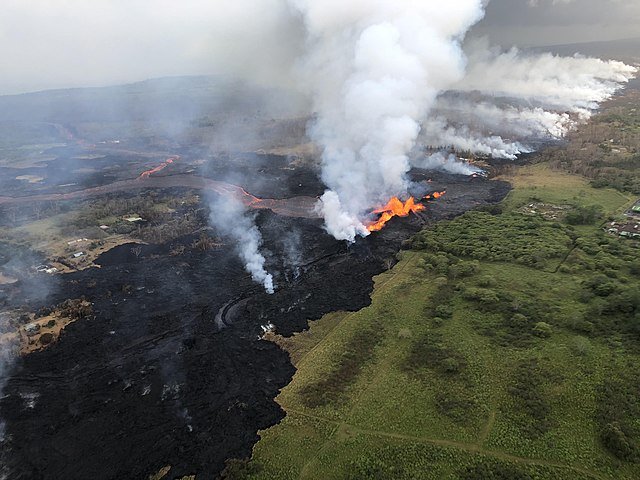NHERI at UTexas T-Rex Slated to Image Kilauea Volcano
Published on October 7, 2022

Supporting NSF-funded research in seismic tomography, the NHERI at UTexas mobile shaker team is shipping the T-Rex vehicle to image Kilauea Volcano on the island of Hawaii.
The collaborative research team from the University of Miami and the USGS will focus its imaging on the depth range of 0 to 6 km around the summit of the mountain to study seismic and density structure of the volcano. Seismic and density structure anomalies are a ubiquitous feature of the magmatic systems of Hawai'ian volcanoes.
When we image this structure with T-Rex we will gain a much deeper understanding of the plumbing and mechanics of Hawai'ian volcanoes, said Roger Delinger of the USGS.
In the past 50 years, Kilauea has been the most active of the five subaerial volcanoes that form the island of Hawaii and one of the most active volcanoes on Earth. Its most recent (and currently ongoing) eruption began in December 2020, after a pause following the M6.9 earthquake and voluminous outpouring of lava in the summer of 2018.
The work is funded by NSF awards #2218645 and #2218646, Collaborative Research: Active and Passive Seismic Imaging of the Three-Dimensional Structure and Magma System beneath the Summit of Kilauea Volcano. The project is slated to begin in spring 2023.







